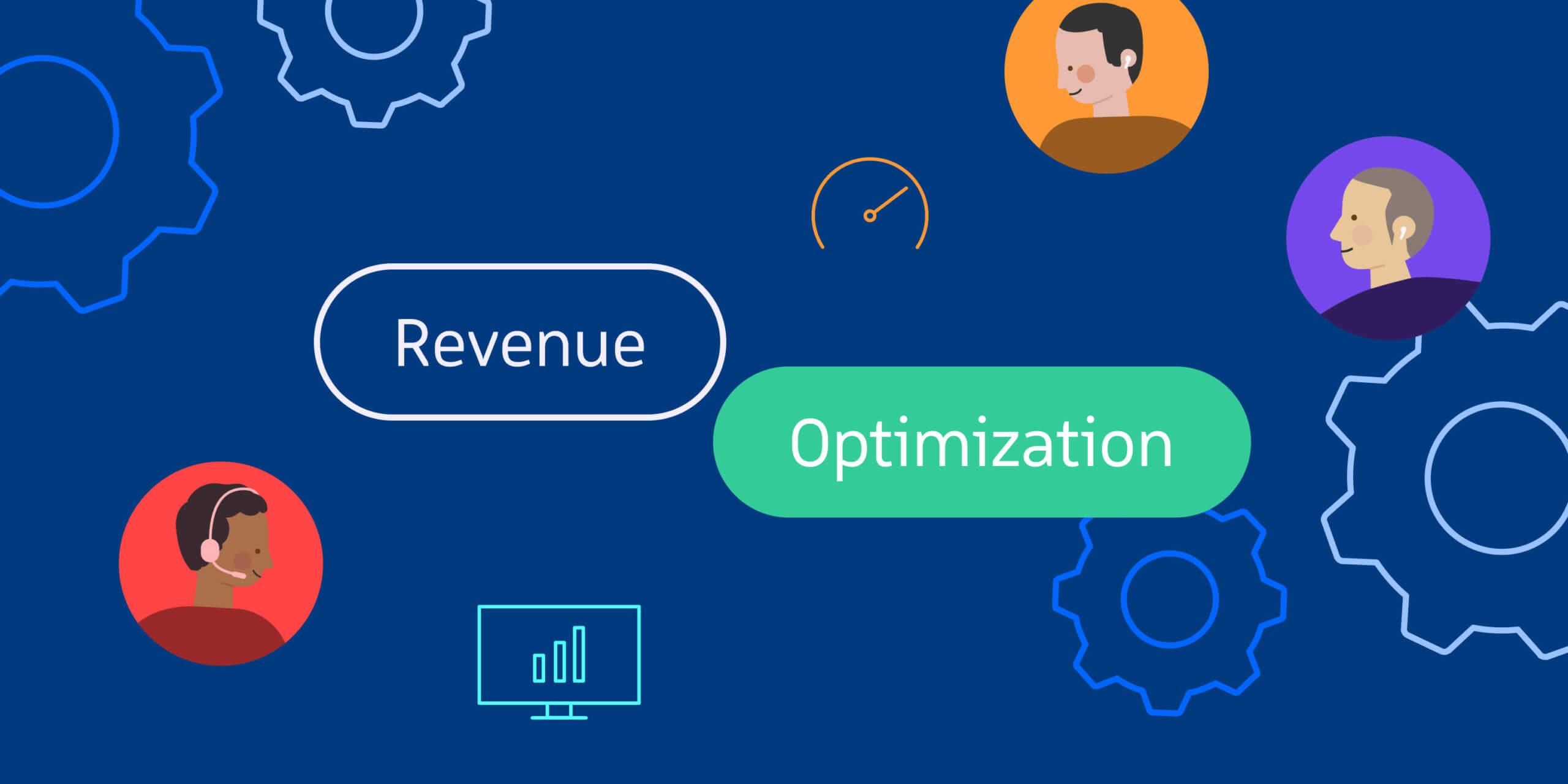Operational Optimization: Unlocking Efficiency and Driving Business Growth

In the fast-paced and competitive business landscape, companies continuously seek ways to enhance their internal processes to boost productivity, reduce costs, and improve overall performance. This pursuit leads to the critical practice known as operational optimization—a strategic approach focused on refining operations to maximize efficiency and value delivery.
This article explores the concept of operational optimization, its benefits, key strategies, and how organizations can implement it effectively to achieve sustainable growth.
What Is Operational Optimization?
Operational optimization is the process of analyzing and improving an organization's internal operations to make them more efficient, effective, and aligned with business goals. It involves identifying inefficiencies, streamlining workflows, enhancing resource allocation, and leveraging technology to boost productivity and reduce waste.
Unlike simple cost-cutting, operational optimization aims for a balanced approach that enhances quality and customer satisfaction while minimizing expenses.
Why Is Operational Optimization Important?
Effective operational optimization delivers multiple advantages:
-
Increased Efficiency: Optimized processes reduce cycle times and eliminate redundancies.
-
Cost Savings: Better resource management lowers operational expenses.
-
Improved Quality: Standardized workflows minimize errors and enhance output consistency.
-
Enhanced Agility: Streamlined operations enable faster responses to market changes.
-
Higher Employee Productivity: Clear processes and adequate tools empower staff to perform better.
-
Stronger Customer Experience: Reliable operations ensure timely delivery and satisfaction.
In essence, operational optimization is a key driver of business competitiveness and profitability.
Key Areas of Focus in Operational Optimization
Successful operational optimization covers several critical areas:
1. Process Improvement
Analyzing and refining workflows to remove bottlenecks, reduce manual tasks, and simplify complex procedures. Techniques like Lean Management and Six Sigma are commonly employed to drive process excellence.
2. Resource Allocation
Ensuring that human, financial, and technological resources are used efficiently and effectively to meet operational demands without waste.
3. Technology Integration
Leveraging automation, data analytics, and enterprise software systems to enhance process visibility, accuracy, and speed.
4. Performance Measurement
Implementing key performance indicators (KPIs) and real-time dashboards to monitor operational health and identify improvement opportunities continuously.
5. Change Management
Guiding employees through operational changes with clear communication, training, and support to ensure smooth adoption and sustainability.
Steps to Achieve Operational Optimization
Achieving operational optimization involves a structured approach:
Step 1: Assessment and Diagnostics
Conduct a comprehensive review of existing operations through data analysis, stakeholder interviews, and process mapping. This identifies inefficiencies, waste, and risks.
Step 2: Define Goals and KPIs
Establish clear objectives aligned with broader business strategy, along with measurable KPIs to track progress.
Step 3: Develop Optimization Strategies
Design solutions to address identified gaps, such as process redesign, technology upgrades, or workforce realignment.
Step 4: Implement Changes
Roll out improvements in a phased manner, ensuring minimal disruption to daily operations.
Step 5: Monitor and Refine
Continuously measure outcomes against KPIs and iterate on processes to drive ongoing improvements.
Tools and Techniques for Operational Optimization
Various methodologies and tools facilitate operational optimization:
-
Lean Management: Focuses on waste elimination and continuous improvement.
-
Six Sigma: Uses data-driven techniques to reduce process variation and defects.
-
Business Process Reengineering (BPR): Involves radical redesign of core processes for dramatic improvements.
-
Automation Technologies: Includes robotic process automation (RPA) and AI-driven tools to automate repetitive tasks.
-
Enterprise Resource Planning (ERP): Integrates core business functions into a unified system for better coordination.
-
Data Analytics: Enables predictive insights and informed decision-making.
Choosing the right combination depends on organizational needs and maturity.
Challenges in Operational Optimization
While operational optimization offers significant benefits, companies may face challenges such as:
-
Resistance to Change: Employees accustomed to existing workflows may resist new processes.
-
Resource Constraints: Limited budgets or skills can hinder technology adoption.
-
Data Silos: Disconnected systems reduce visibility and complicate analysis.
-
Complexity of Operations: Large or diverse operations require tailored approaches.
-
Measuring Impact: Defining appropriate KPIs and accurately tracking improvements can be difficult.
Effective leadership and clear communication are crucial to overcoming these barriers.
Real-World Impact of Operational Optimization
Organizations across industries have reaped impressive results from operational optimization efforts:
-
A manufacturing firm reduced production lead times by 35% through Lean process redesign.
-
A logistics company improved delivery accuracy by 20% by integrating automation and advanced tracking systems.
-
A healthcare provider enhanced patient scheduling efficiency, reducing wait times and increasing satisfaction scores.
-
An e-commerce retailer streamlined its order fulfillment process, cutting costs and improving customer loyalty.
These examples demonstrate how operational optimization can directly influence a company’s bottom line and competitive position.
Conclusion
Operational optimization is not merely a cost-cutting exercise but a strategic initiative that enhances every aspect of business performance. By continuously refining processes, optimizing resources, and embracing technology, organizations can build resilience, improve customer experience, and drive sustainable growth.
In today’s dynamic marketplace, companies that prioritize operational optimization are better equipped to adapt, innovate, and succeed.
- Art
- Causes
- Crafts
- Dance
- Drinks
- Film
- Fitness
- Food
- Игры
- Gardening
- Health
- Главная
- Literature
- Music
- Networking
- Другое
- Party
- Religion
- Shopping
- Sports
- Theater
- Wellness


